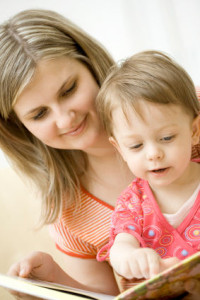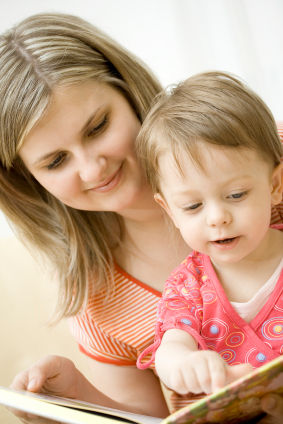Cellulitis is described as a bacterial infection affecting the skin and underlying tissue. This can occur on any part of the infant’s body but it is quite common on the lower legs. It is important to note that young children are susceptible to developing the infection below the eyelid which is called periorbital cellulitis.
The condition is considered serious and if left untreated, it can be life-threatening since cellulitis rapidly spreads. Nevertheless, as long as prompt medical care is provided, infant cellulitis can be easily treated.
What are the possible causes?
An infant develops cellulitis once bacteria such as streptococcus or staphylococcus enters beneath the skin via an open wound or cut. Cracked, dry or peeling skin, insect bites or stings, skin injuries, chicken pox or animals bites or scratches are all linked with the development of infant cellulitis.

A chalazion, sty or injury to the eyelid or skin bordering the eye can lead to the development of periorbital cellulitis. Infants who have weakened immune systems are prone to the infection.
Signs and symptoms of infant cellulitis
An area of swollen, reddened skin that often feels warm is an indication of cellulitis. The child might recoil if the area is touched which indicates that it is painful or tender. The condition oftentimes causes sweating, fever and chills. An infant below 3 months of age with a temperature of 100.4 or higher should be managed as a medical emergency. Other possible symptoms of infant cellulitis include the following:
- Drowsiness
- Fussiness
- Rash or sore that may or may not drain pus
- Taut skin
- Vomiting
If the eye is affected, cellulitis can also instigate a runny nose or conjunctivitis or commonly called pink eye.
Treatment
Infant cellulitis can be readily managed with a course of oral antibiotics. The usual regimen lasts for 7-10 days. In some cases, an infant might require the administration of intravenous antibiotics. A follow-up check-up with the doctor is required within a few days to check if the medication is effective and another one after the course is completed to ensure that the infection is completely eliminated.
The symptoms usually clear up within 2-3 days once antibiotics are started. To ease the symptoms at home, the child should be kept still and discreet as possible throughout treatment, keep the affected area raised and cleanse and look after for any open wounds or cuts. Do not forget to wash hands using an antibacterial soap and warm water as well as after handling the child.
Prevention
If there are any blotches of dry skin on the child, they should be actively remedied. Use the prescribed moisturizer and turn on a humidifier in case the air is dry. Baths should be short and to a minimum if dry skin is an issue.
The presence of rashes should be treated right away and trim down the fingernails if scratching is an issue. Any wounds on the skin should be cared for by washing using warm water and soap as well as applying a dab of topical antibiotic.
These open wounds should be protected with bandages. Always monitor any injuries closely for indications of infection such as inflammation, redness, drainage of pus and warmth. It is vital to seek treatment for any possible infection right away. If there are any pets, they should be kept away from the child.

